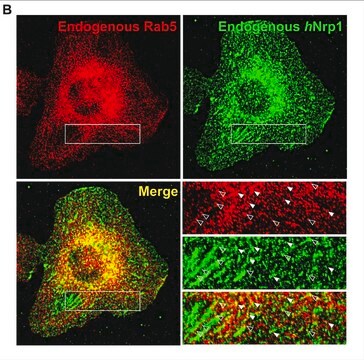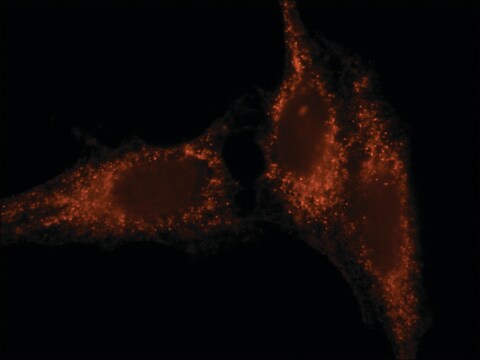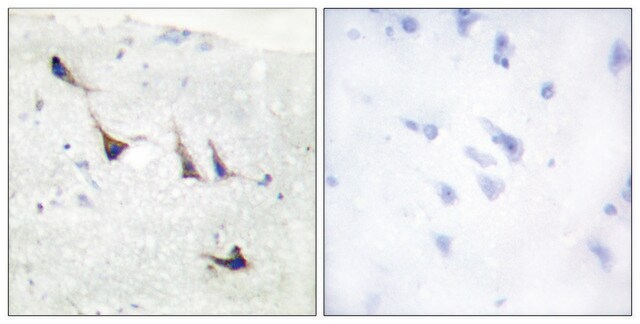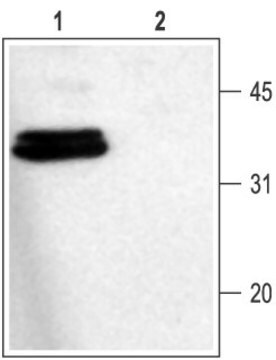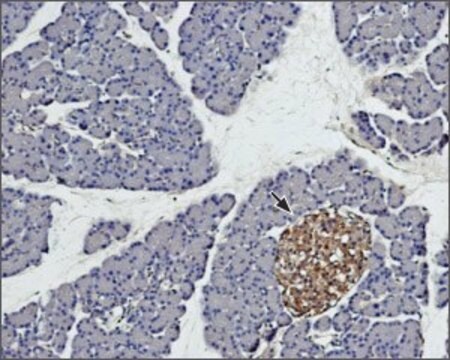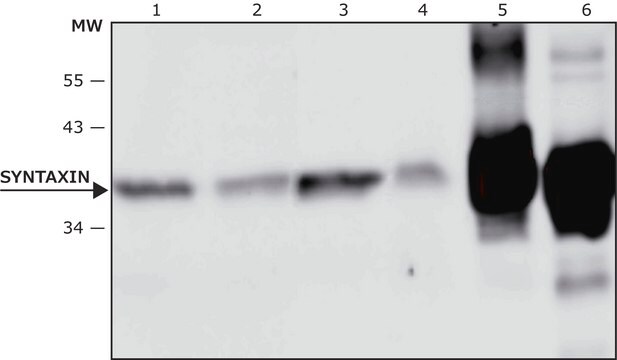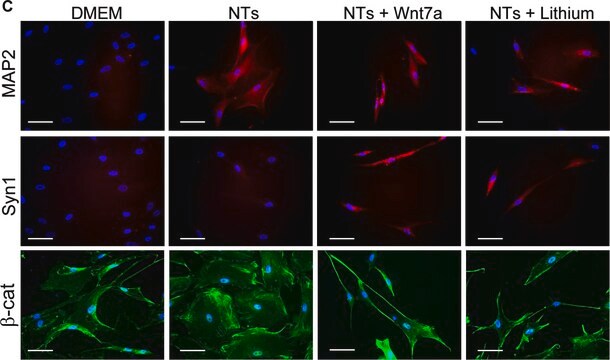S0664
Monoclonal Anti-Syntaxin antibody produced in mouse
clone HPC-1, ascites fluid
Sinônimo(s):
Anti-HPC-1, Anti-P35-1, Anti-STX1, Anti-SYN1A
About This Item
Produtos recomendados
fonte biológica
mouse
Nível de qualidade
conjugado
unconjugated
forma do anticorpo
ascites fluid
tipo de produto de anticorpo
primary antibodies
clone
HPC-1, monoclonal
peso molecular
antigen 35 kDa
contém
15 mM sodium azide
reatividade de espécies
rat, bovine, rabbit
técnica(s)
immunocytochemistry: suitable using monolayer cultures of neonatal retina cells
microarray: suitable
western blot: 1:2,000 using crude preparation of synaptic vesicles from rat cerebral cortex
Isotipo
IgG1
nº de adesão UniProt
Condições de expedição
dry ice
temperatura de armazenamento
−20°C
modificação pós-traducional do alvo
unmodified
Informações sobre genes
rat ... Stx1a(116470)
Categorias relacionadas
Descrição geral
Imunogênio
Aplicação
- immunoblotting
- immunohistochemistry
- immunoprecipitation from hippocampal lysate
- immunohistochemical analysis
Ações bioquímicas/fisiológicas
Exoneração de responsabilidade
Não está encontrando o produto certo?
Experimente o nosso Ferramenta de seleção de produtos.
Código de classe de armazenamento
10 - Combustible liquids
Classe de risco de água (WGK)
WGK 3
Ponto de fulgor (°F)
Not applicable
Ponto de fulgor (°C)
Not applicable
Escolha uma das versões mais recentes:
Certificados de análise (COA)
Não está vendo a versão correta?
Se precisar de uma versão específica, você pode procurar um certificado específico pelo número do lote ou da remessa.
Já possui este produto?
Encontre a documentação dos produtos que você adquiriu recentemente na biblioteca de documentos.
Nossa equipe de cientistas tem experiência em todas as áreas de pesquisa, incluindo Life Sciences, ciência de materiais, síntese química, cromatografia, química analítica e muitas outras.
Entre em contato com a assistência técnica